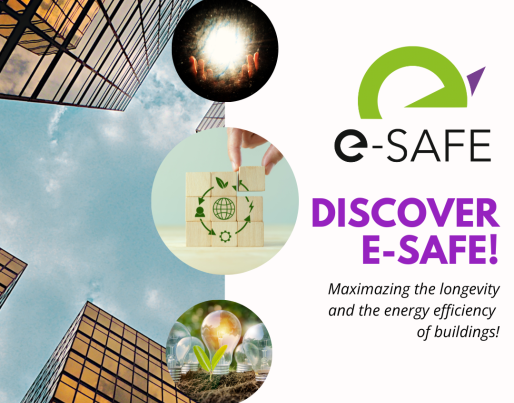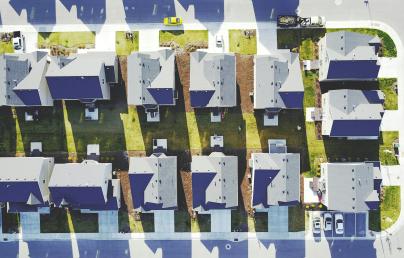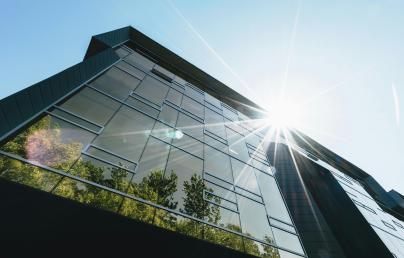Transforming the Building Sector: e-SAFE's experience!

Transforming the Building Sector: e-SAFE's experience!
The importance of embracing circularity principles in the building sector can’t be underestimated. This holds true not only for new constructions but particularly for older structures through innovative renovation and low environmental impact solutions. Recognising this imperative, the Horizon 2020 e-SAFE project is trying to change the way we approach building retrofitting.
At its core, e-SAFE seeks to develop a deep retrofitting system, combining critical elements such as energy efficiency, seismic resistance, financial feasibility, and various social benefits. This ambitious project addresses the urgent need for sustainable solutions in the construction industry, aligning with contemporary environmental and societal demands.
e-SAFE's approach is rooted in not only curb material consumption but also challenge the prevailing trend of demolitions. Following one of the Circular Cities and Region Initiative (CCRI) principle, e-SAFE advocates for circular use and life extension of buildings, embracing a business model that minimise waste and maximises the longevity of existing structures.
In pursuit of its goals, e-SAFE employs technical solutions with a low environmental impact. A noteworthy example is the utilisation of outer walls panels made of a timber structure combined with local insulating bio-materials and the desired finishing. By opting for such materials and innovative retrofitting techniques, e-SAFE sets a precedent for responsible construction practices, promoting a harmonious coexistence between human infrastructure and the environment.
Moreover, e-SAFE focuses its efforts on primary energy saving, pursuing a general reduction of non-renewable primary energy by at least 80% in the renovated buildings, and on decarbonisation solutions for the reduction of GHG emissions.
In conclusion, e-SAFE stands as a groundbreaking initiative that goes beyond conventional retrofitting approaches. By addressing the importance of circularity and energy efficiency in the building sector, especially in the context of older structures, e-SAFE not only contributes to environmental sustainability but also sets a new standard for socially and economically viable building solutions.


